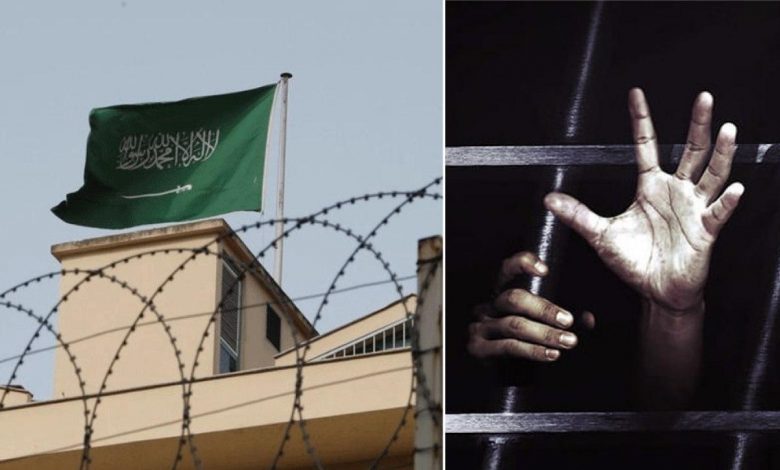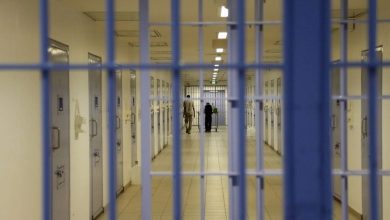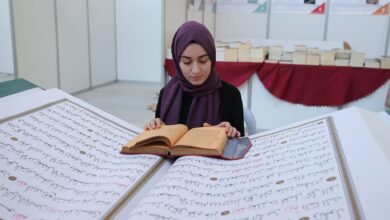Rights groups shed light on Saudi regime torture of prisoners

The International Day in Support of Victims of Torture (June 26) sheds light on the crimes of the Saudi regime against dissidents and detainees in its prisons.
According to human rights organizations, the crime of torture reflects a systematic policy in the prisons of the Saudi regime, which deliberately tortures detainees, children, women, and adults.
Torture is one of the most heinous violations of human rights. It represents a flagrant attack on the principle of human dignity, which is the basis for freedom and justice, and the basis upon which human rights principles are built.
On June 26, 1987, the Convention Against Torture entered into force after twenty countries ratified the convention’s text.
In September 1997, Saudi Arabia ratified the Convention against Torture, which obligates its members to take measures to prevent torture.
The first paragraph of Article 2 of the Convention states: “Each State Party shall take effective legislative, administrative, judicial or other measures to prevent acts of torture in any territory under its jurisdiction.”
Saudi Leaks monitored the most prominent forms of torture in the prisons of the Saudi regime:
1- Solitary confinement.
2- Denial of the assistance of an attorney.
3- Failure to separate the entity responsible for the detention and the investigation entity.
4- Forcing the victims to confess crimes before the trial.
5- Deprivation of sleep for days.
6- Severe beating.
7- Forcing the victim to stand for long hours with his hands raised, sometimes while tied.
8- Putting the victim in a cold room without clothes or by pouring cold water on them.
9- Electrocution.
10- Nail extraction. (Among those against whom it was practised: Hussein Al-Faraj).
11- Hitting the genitals.
12- Undressing the victim completely during the investigation.
13- Tying the victim to the chair during the investigation to further humiliate him.
14- Chaining the legs of the victim for months.
15- Blindfold the eyes at the time of the investigation.
16- Burning the victim with cigarette butts.
17- Hitting the victim using the falaqa method.
18- Hitting the victim with canes and electric wires.
19- Beating until fainting.
20- Death threat.
21- Threatening the victim to bring his wife or members of his family to prison.
22- Medical negligence with intent to harm the victim.
23- Sexual harassment in detention centres.
It is noteworthy that the most dangerous and worrying thing is that torture in the kingdom’s prisons is not practised through random individual actions.
It is practised through the Presidency of State Security, established by royal order on July 20, 2017.
Due to the lack of an independent judiciary, victims of torture can’t obtain redress when the opponent is the king or the State Security Presidency that reports directly to the king.
Amnesty International says that the Saudi regime uses brutal torture methods and other ill-treatment to extract confessions from detainees to use as evidence against them at trial.
The organization adds, “The Saudi regime has often convicted defendants based on contested confessions made during previous court detention.”
The European Saudi Organization for Human Rights documented the detention of 86 bodies by the Al Saud authorities in secret tombs after they were killed during the reign of King Salman and the Crown Prince (2015-2020).
The European organization said that the number of detained bodies reached its peak in 2019, with an average of at least 52 bodies.
The body of journalist Jamal Khashoggi, whom Saudi Arabia admitted on October 19, 2018, to have been killed in its consulate in Turkey, may be added to the long list of detained bodies that died due to torture.



